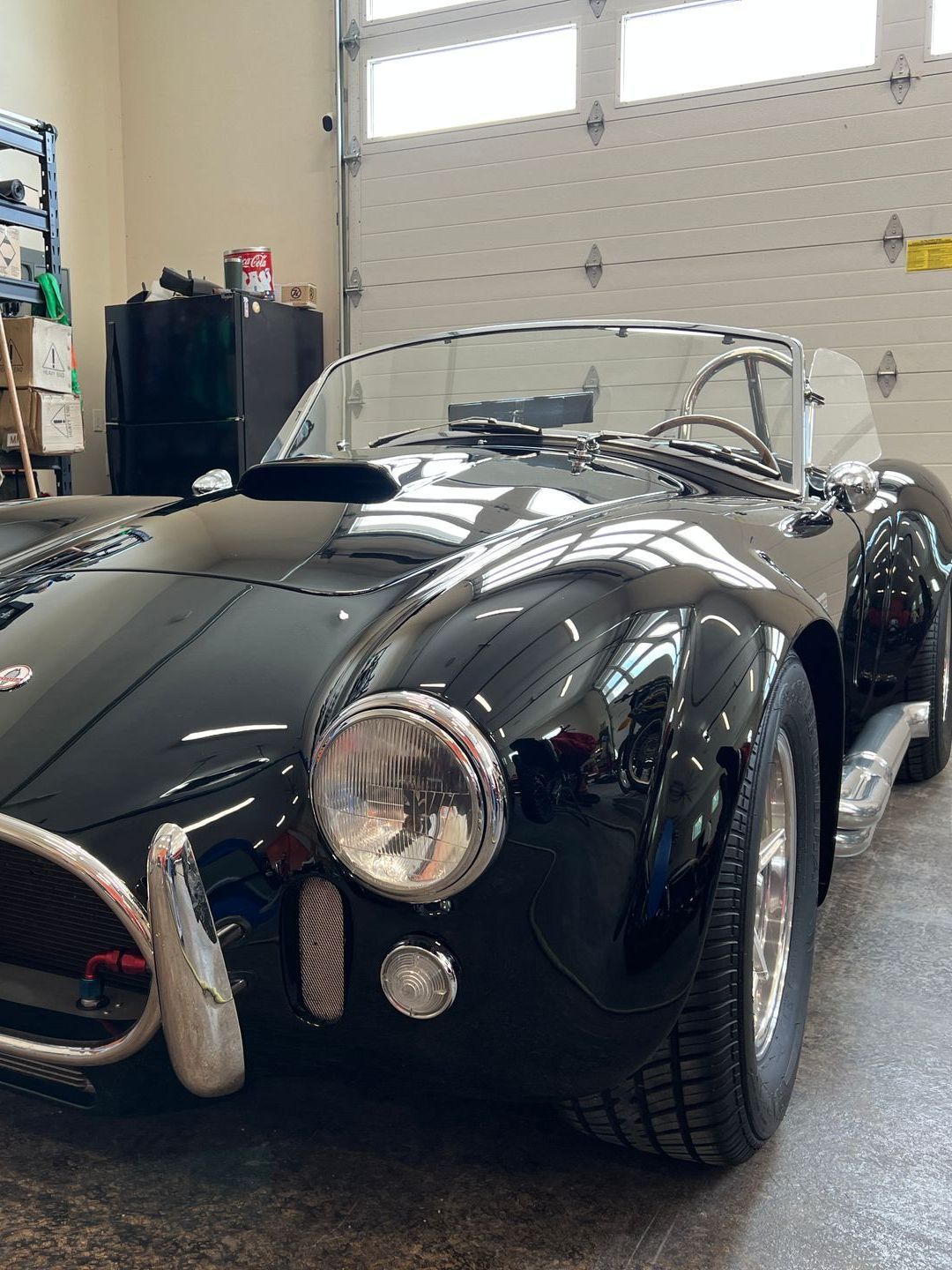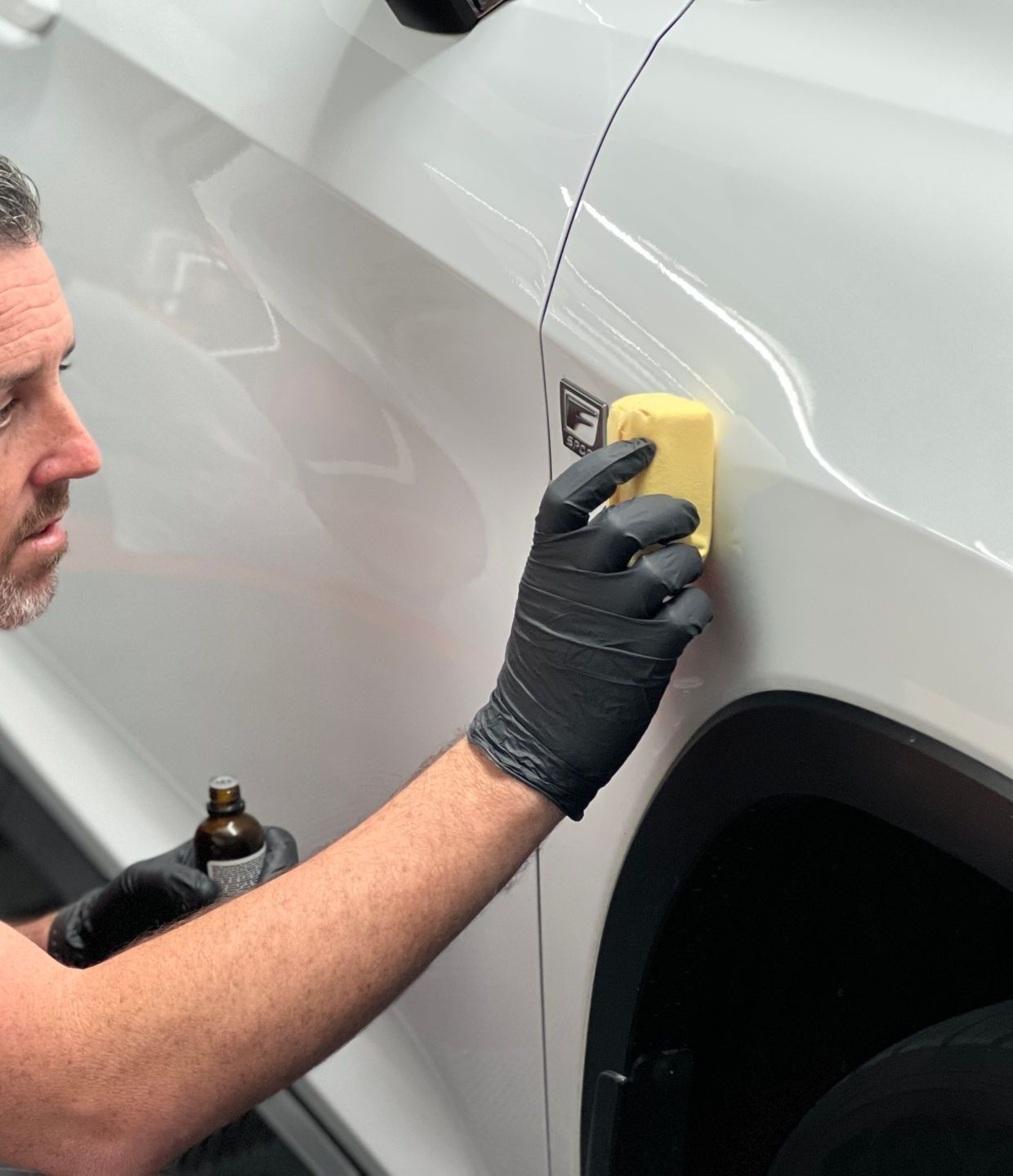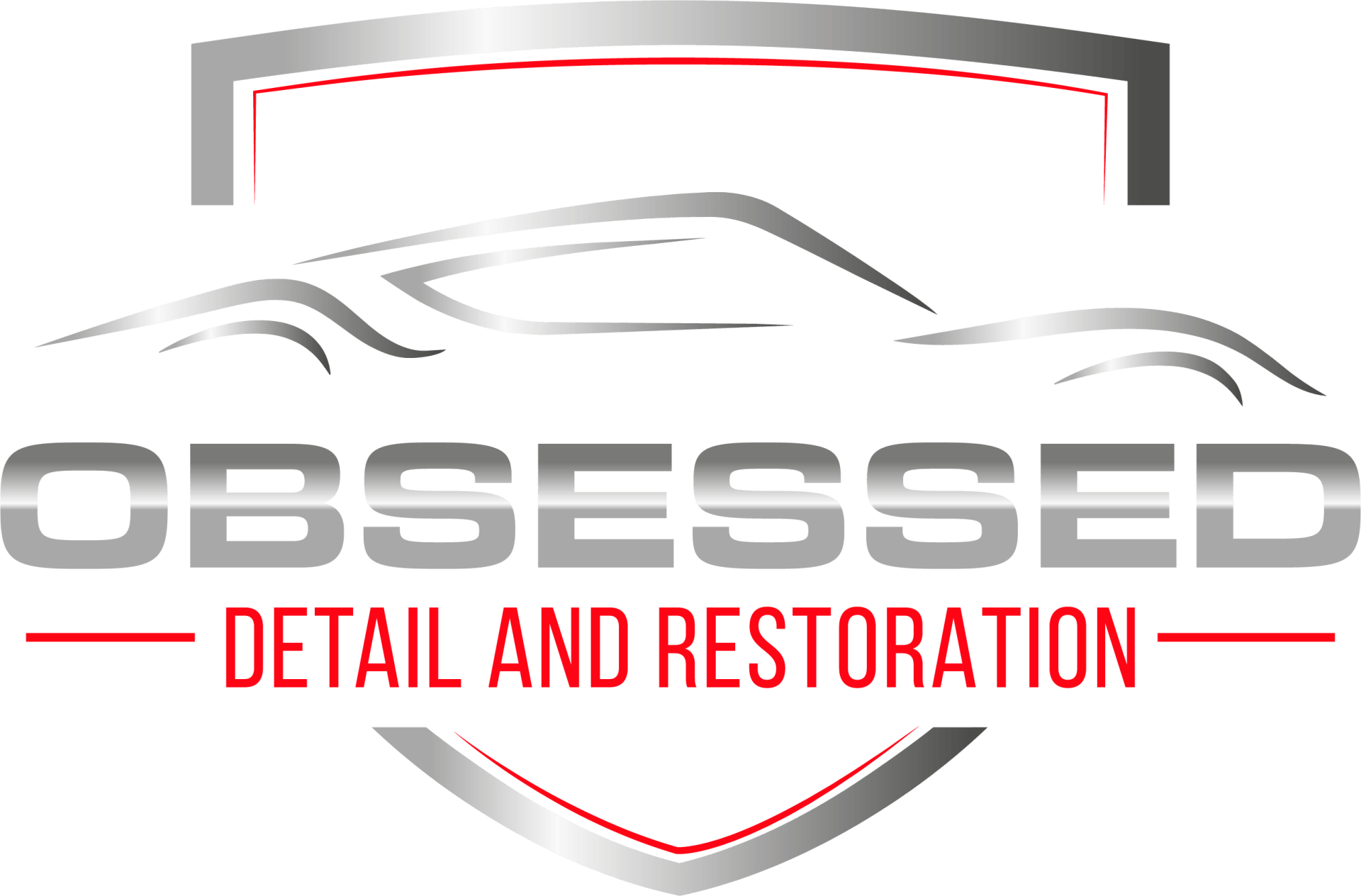Ceramic Coating Maintenance for Utah Drivers: Protecting Your Investment Year-Round
Living in Utah means your vehicle faces some pretty unique challenges. From blistering summer heat in the desert valleys to harsh winter road salt in the mountains, your ceramic coating maintenance routine needs to adapt to our state's extreme conditions.
You've already made a smart investment in ceramic coating protection. Now it's time to make sure that the investment pays off for years to come. Utah car care isn't just about looking good—it's about protecting your vehicle's value against some of the toughest environmental conditions in the country.
The good news? Proper ceramic coating care doesn't require expensive products or complicated procedures. What it does require is consistency and understanding how Utah's seasons affect your coating's performance. Get this right, and your coating will keep delivering that showroom shine and protection for 5-7 years or more.
Let's break down exactly what you need to know to keep your coating performing at its best through every Utah season.
Spring Maintenance: Post-Winter Recovery
Spring in Utah means dealing with winter damage and preparing for the dust season. Your ceramic coating maintenance routine needs to address salt residue, winter grime, and the inevitable pollen that coats everything green.
Start with a thorough decontamination wash. Winter road treatments leave behind chloride residues that can damage even ceramic-coated surfaces if left too long. Use a pH-neutral car soap and work from top to bottom, spending extra time on lower panels where salt accumulates.
Spring Maintenance Checklist:
- Thorough decontamination wash with pH-neutral soap
- Clay bar treatment if the surface feels rough
- Check for any coating damage from winter conditions.
- Apply coating booster if water beading has decreased.
- Clean and protect wheels and wheel wells.
Pay special attention to wheel wells and undercarriage areas. Utah's winter road treatments are aggressive, and even though your paint is protected, metal components still need attention. A simple pressure rinse helps remove accumulated salt and debris.
This is also the perfect time to assess your coating's condition. If water isn't beading like it used to, don't panic. A quality coating booster can restore hydrophobic properties without requiring professional reapplication.

Summer Care: Beating the Heat and Dust
Utah summers bring intense UV exposure and dust that would challenge any coating system. Temperatures regularly hit 100°F+ in valleys, while mountain areas deal with different challenges. Your seasonal vehicle maintenance routine needs to account for these extremes.
Frequent washing becomes crucial during the dust season. That fine Utah dust acts like sandpaper if left on your coating for extended periods. Weekly washing isn't excessive—it's necessary protection for your investment.
Summer Care Essentials:
- Weekly washing during peak dust season
- Park in shade whenever possible.
- Use spray detailers for quick dust removal.
- Monitor coating hydrophobic properties closely.
- Consider a professional inspection mid-summer.
The key is removing contaminants before they bond to your coating. Utah's alkaline dust, combined with intense heat, creates conditions where contaminants stick harder and damage more easily. Quick spray-and-wipe maintenance between full washes makes a huge difference.
Don't forget about interior protection either. Utah's intense UV exposure affects everything, and ceramic coatings only protect exterior surfaces.
Fall Preparation: Getting Ready for Winter
Fall maintenance focuses on preparing your coating and vehicle for Utah's harsh winter conditions. This season offers the perfect window for thorough ceramic coating care before winter weather makes detailed maintenance more difficult.
Consider a professional inspection and coating refresh if your coating is over two years old. Ceramic coating performance naturally decreases over time, and fall preparation ensures maximum protection when you need it most.
Fall Preparation Tasks:
- Deep clean and decontaminate the entire vehicle.
- Apply coating booster or professional refresh.
- Check and clean wheel wells thoroughly.
- Inspect for any coating damage needing repair.
- Stock up on winter-appropriate washing supplies.
This is also when you want to address any coating issues before they become bigger problems. Small areas of coating failure can be spot-treated now, but if left until spring, they often require larger repair areas.
Winter Protection: Maintaining Performance in Harsh Conditions
Utah winters are tough on vehicles, but proper ceramic coating maintenance keeps your protection working even in the worst conditions. The key is adapting your routine to winter realities while maintaining coating integrity.
Road salt and de-icing chemicals are your coating's biggest winter enemies. These materials are designed to be corrosive, and while ceramic coatings provide excellent protection, they're not invincible. Regular removal of these contaminants is essential.
Winter Maintenance Strategy:
- Rinse the undercarriage after every snow event.
- Wash every 2-3 weeks minimum.
- Use touchless car washes when the weather prevents hand washing.
- Never wash in freezing temperatures.
- Focus on removing salt and chemical residues quickly.
The biggest mistake Utah drivers make is stopping maintenance during winter. Your coating needs attention year-round, especially during the season when it's working hardest to protect your paint.
When hand washing isn't practical, use touchless car washes with good undercarriage rinse cycles. It's not perfect, but it's better than letting corrosive materials sit on your vehicle for months.
Troubleshooting Common Utah Coating Issues
Utah automotive maintenance presents unique challenges that coastal or humid climate drivers never face. Understanding these helps you maintain your coating effectively.
Water spots from our hard water are probably the most common complaint. These mineral deposits form when water evaporates and leaves behind dissolved minerals. Prevention through proper washing techniques beats trying to remove them later.
If you notice reduced water beading, don't assume your coating has failed. Utah's extreme conditions can temporarily reduce performance, but proper maintenance usually restores full function. Start with a thorough wash and coating booster before considering professional intervention.
Dust contamination requires more frequent attention here than in other climates. That persistent fine dust works its way into every surface and can make even freshly washed vehicles look dirty within days.

Conclusion: Consistency Beats Perfection
Ceramic coating longevity in Utah comes down to consistent care rather than perfect technique. Our state's challenging conditions mean your coating works harder than average, but proper maintenance ensures it keeps protecting for years.
The investment you made in ceramic coating protection pays dividends when you maintain it properly. Regular washing, seasonal adjustments, and addressing issues quickly keep your vehicle looking great while preserving its value.
Remember, maintenance doesn't have to be complicated or expensive. Simple, consistent care adapted to Utah's seasons will keep your coating performing at its best. When you do need professional help or have questions about your coating's condition, don't hesitate to reach out.
Ready to give your ceramic coating the care it deserves? Contact us for professional maintenance advice or service. Your coating investment is worth protecting properly.
Frequently Asked Questions
Q: How often should I wash my ceramic-coated vehicle in Utah?
A: Ceramic coating maintenance in Utah requires more frequent washing than other climates due to our dust and seasonal challenges. During the summer dust season, weekly washing is ideal. Winter requires washing every 2-3 weeks minimum to remove salt and road chemicals. Spring and fall can be extended to every 2 weeks, depending on driving conditions and storage.
Q: Can Utah's hard water damage my ceramic coating?
A: Utah's hard water won't damage your coating, but it can leave mineral spots that affect appearance. Utah car care requires using distilled or filtered water for final rinses when possible. If water spots form, remove them quickly with appropriate spot removers before they etch the coating surface.
Q: What's the best way to maintain ceramic coating during Utah winters?
A: Seasonal vehicle maintenance in winter focuses on removing corrosive road treatments quickly. Rinse your vehicle's undercarriage after every snow event, wash every 2-3 weeks minimum, and use touchless car washes when hand washing isn't practical. Never wash in freezing temperatures, and focus on removing salt residues promptly.
Q: How do I know if my ceramic coating needs professional attention?
A: Watch for reduced water beading, increased dirt sticking, or visible coating damage. Ceramic coating care should maintain hydrophobic properties for years. If washing and coating boosters don't restore performance, professional inspection is recommended. Most coatings benefit from a professional refresh every 2-3 years in Utah's challenging conditions.
Q: What products should I avoid when maintaining ceramic coating in Utah?
A: Avoid harsh alkaline cleaners, automatic car washes with brushes, and acidic wheel cleaners on coated surfaces.
Utah automotive maintenance requires pH-neutral soaps. microfiber wash media, and products specifically designed for ceramic coating care. When in doubt, use manufacturer-recommended products to avoid damaging your investment.


